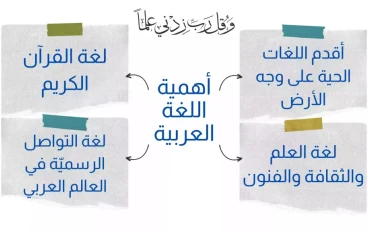
Breaking the Language Barrier: Overcoming the Top Errors English Speakers Make in Spanish
Verb conjugation in Spanish is notoriously complex, and many learners struggle with getting the right endings on their verbs. One common mistake is to use the infinitive form of the verb instead of the correct conjugated form. For example, saying "yo hablar" instead of "yo hablo". This can be overcome by practicing verb endings regularly and memorizing the most common patterns.
Another common mistake is confusing the words "ser" and "estar", both of which translate to the English verb "to be". However, in Spanish they have different uses based on context. "Ser" is used for more permanent characteristics (such as nationality), while "estar" is used for temporary states (such as location). It's important to take note of context and practice using both verbs in the appropriate situations.
Pronunciation can also pose a challenge for English speakers learning Spanish. Spanish has a number of sounds that don't exist in English, such as the rolled "r" sound. Practicing pronunciation with native speakers or through online resources can help improve your accent and reduce misunderstandings.
Finally, one of the biggest challenges for English speakers learning Spanish is vocabulary. While there are many cognates (words that are similar in both languages), there are also many false friends (words that look similar but have completely different meanings). It's important to study vocabulary in context and avoid relying solely on translation tools.
In conclusion, while there are certainly challenges to learning Spanish as an English speaker, these can be overcome with practice and dedication. By focusing on common verb conjugations, understanding the difference between "ser" and "estar", practicing pronunciation, and studying vocabulary in context, you can break through the language barrier and become a confident Spanish speaker
:common ways to overcome this
Confusing the use of "por" and "para": Both words can translate to "for" in English, but they have different uses in Spanish. "Por" is used to indicate the reason or cause for something, while "para" is used to indicate purpose or intention. It's important to learn the different uses of these words and practice using them correctly in context.
Misusing reflexive verbs: In Spanish, reflexive verbs are used to indicate that the action is being performed on oneself. For example, "I wash my face" would be "me lavo la cara" in Spanish. Many English speakers struggle with this concept and either forget to use the reflexive pronoun or use it incorrectly.
Using the wrong gender for nouns: All Spanish nouns have a gender (either masculine or feminine), and it's important to use the correct article and adjective endings based on the gender. This can be challenging for English speakers who are not used to thinking about gendered nouns.
Overuse of direct translations: Translating sentences directly from English to Spanish can lead to awkward phrasing and incorrect grammar. It's important to understand the structure of Spanish sentences and practice constructing them correctly.
Failure to use accents: Spanish has a number of accented letters that change the pronunciation and meaning of words. For example, "si" without an accent means "if", while "sí" with an accent means "yes". Many English speakers neglect to use accents, leading to confusion and misunderstandings.

































